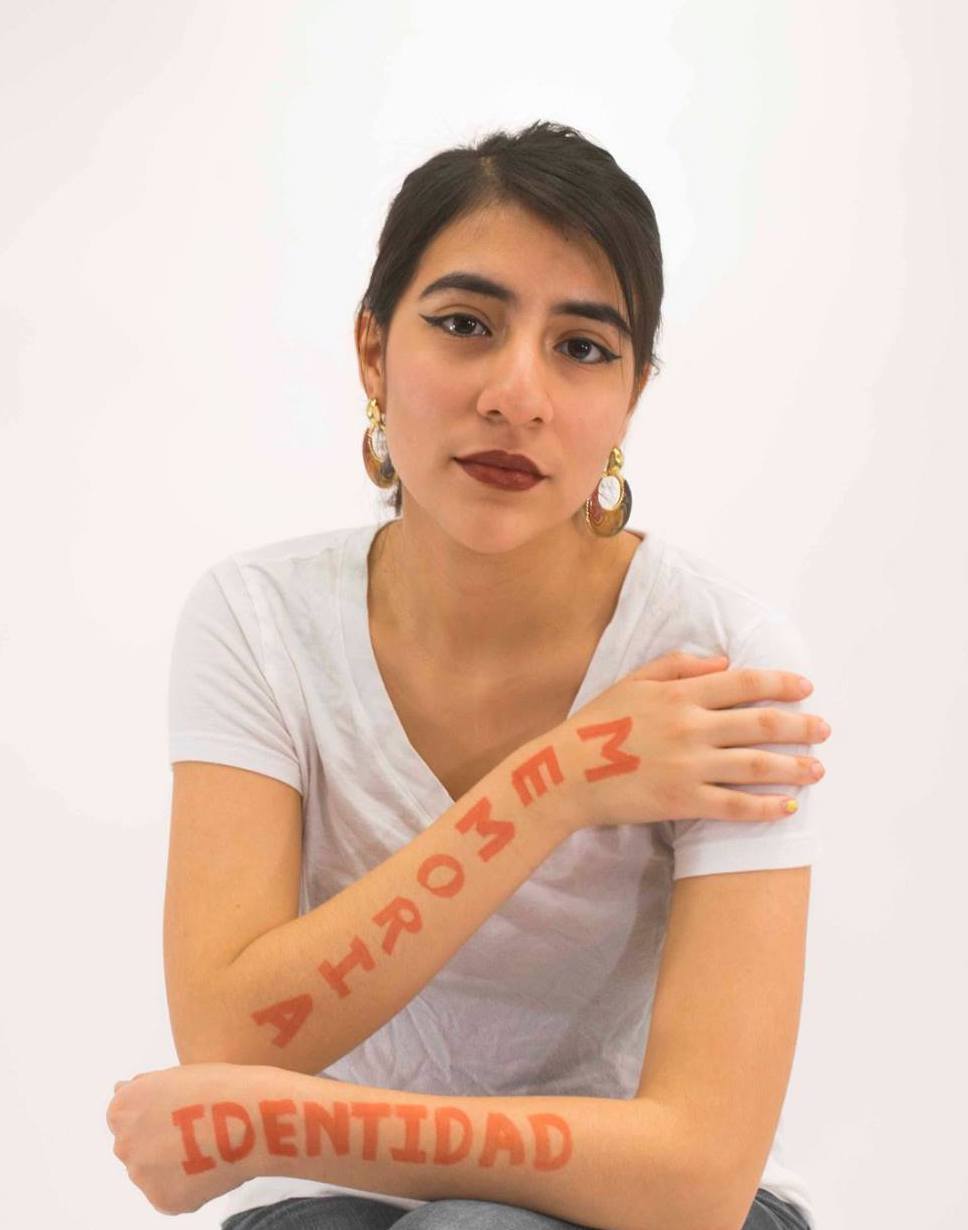Ivanna Berríos is a Comparative Literature major concentrating in globalization and minoring in Art History. As a Mellon Mays Undergraduate Fellow, their research interests broadly center around critical artistic production in Latin America grounded in anti-systemic movements and radical anticapitalism. Their current project looks at art across the Andes, primarily audiovisual works, that address resource extraction, land defense, and justice for indigenous communities. In this project, they are particularly interested in how this art centered around struggle and autonomy disrupts the historiography following the period of the Peruvian Civil War that depoliticized campesinos and weaponized their trauma to condemn insurrectionary mobilizations. In their free time, Ivanna is involved with the labor organizing group Student Labor Action Project (SLAP) at Penn, writes for La Vida magazine, and works in a West Philly Ethiopian restaurant. They also enjoy writing poetry and rock climbing.
Ivanna Berríos
Wolf Humanities Center Undergraduate Fellow
2020—2021 Forum on Choice
Ivanna Berríos
Chair, Wolf Undergraduate Humanities Forum
Comparative Literature
Un Mundo Al Revés: Anticolonial Irony and Counterhegemonic Historiography in La Ultima Reina
There is a deep disjuncture between reconciliation and justice in post-civil war Peru, a disjuncture driving my reading of contemporary Andean art as an alternative account to the state’s memorialization of the Peruvian civil war (1980-2000). My research explores how anti-extractivist Andean art calls forth a vision of justice accountable to the Indigenous communities brutalized during the war by challenging the postwar recuperation of Peru as a nonviolent democracy and resignifying developmentalist discourse as an expression of coloniality. Specifically, I am interested in how the anti-mining artwork of Elizabeth Lino Corenjo in her project La Ultima Reina engages colonial history and parody to render visible the recursive temporality of structural violence and mock the state’s narratives of progress. I compare La Ultima Reina's aesthetic devices to the rhetorical tropes of Peru's official Truth and Reconciliation Commission as an ideology critique of state-led memorialization projects. How does the state, through its depiction of the past as such, foreclose the relevance of radical politics in the future? in favor of pacification? How does such foreclosure disallow liberatory political choices that would empower indigenous communities against transnational corporate interests, and how can aesthetics make a temporal intervention by resisting the periodization of violence as cyclical, rather than structural and ongoing? What potential does speculative art have to visualize a spectrum of invisibilized choices?



